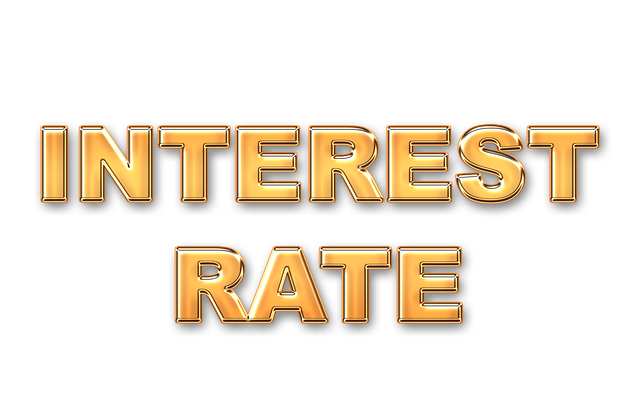TL;DR: Staying informed about real estate market fluctuations is key to seizing refinance opportunities. By monitoring interest rates, job market trends, and housing supply & demand, homeowners can strategically time their refinance applications. Understanding economic indicators enables informed decision-making, unlocking financial benefits and ensuring long-term stability in real estate investments.
In today’s dynamic real estate market, staying informed about fluctuations is key to unlocking lucrative refinance opportunities. Understanding market shifts allows savvy homeowners to make strategic decisions, saving them significant funds in the long run. This article delves into the art of monitoring changes, providing insights on tracking critical indicators and employing efficient strategies to capitalize on refinance benefits within the ever-evolving real estate landscape.
Understanding Market Fluctuations in Real Estate

Staying informed about real estate market fluctuations is key to identifying refinance opportunities. The real estate market is known for its ebbs and flows, influenced by various economic factors such as interest rates, job market trends, and housing supply and demand. By keeping a close eye on these dynamics, homeowners can time their refinance applications optimally.
For instance, when interest rates drop significantly, it could be the perfect time to refinance as it lowers the cost of borrowing. Conversely, rising rates might signal an unsuitable moment unless borrowers are prepared for higher monthly payments. Understanding market shifts allows individuals to make informed decisions regarding their home loans and strategically navigate the real estate landscape.
Tracking Key Indicators for Refinance Benefits

In the dynamic landscape of real estate, staying informed about market fluctuations is key. One powerful strategy for savvy investors and homeowners is to monitor critical indicators that signal refinance opportunities. Key performance metrics such as interest rates, property values, and economic trends play a pivotal role in determining the financial health of real estate investments. By keeping a close eye on these factors, individuals can identify when it’s advantageous to refinance their mortgages.
For instance, a decrease in interest rates presents an attractive chance for refinancers. This allows homeowners to secure lower borrowing costs, resulting in significant savings over time. Additionally, tracking property value appreciation or depreciation provides insights into the overall market performance. Understanding these indicators empowers individuals to make informed decisions about refinancing, potentially unlocking new financial benefits and ensuring long-term stability in their real estate ventures.
Strategies to Seize Refinance Opportunities Efficiently

Staying ahead of the curve is essential in the competitive real estate market, and monitoring changes can unlock valuable refinance opportunities. Here are some strategies to efficiently seize these chances: Regularly review current interest rates and compare them with your existing mortgage terms. A slight decrease could signal a perfect time to refinance, potentially saving you significant money over the life of your loan. Keep an eye on economic indicators as well; factors like inflation rates and unemployment numbers can influence both interest rates and property values, creating favorable conditions for refinancing.
Additionally, consider your financial situation and long-term goals. If you’ve improved your credit score or increased your income since securing your current mortgage, you may qualify for better terms. Refinancing allows you to secure a lower interest rate, shorten the loan term, or even access home equity for other financial needs. Stay informed about market trends and don’t hesitate to consult with lenders or financial advisors who can guide you through the process.






